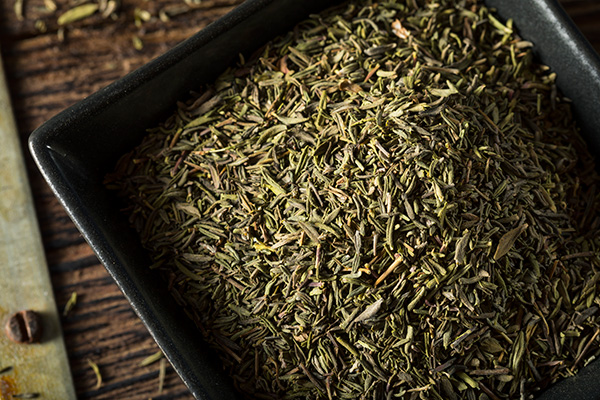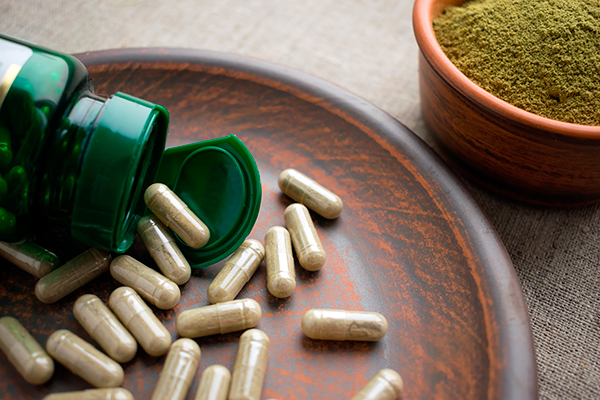Why Is My Green Tea Brown?
Green tea is renowned for its vivid green hue and numerous health benefits. However, occasionally it may have a brown color instead of the usual greenish tint.
In this blogpost, we will explore why your green tea appears brown and whether it remains safe for consumption.
Additionally, we’ll examine the various kinds of green tea and their expected hues.

Why Is My Green Tea Brown?
The color of your tea can depend on multiple factors.
Growing in the Sun
Green tea leaves grown in direct sunlight tend to have a darker, more brownish hue.
Direct sunlight causes the leaves to produce extra chlorophyll, which impacts their final color.
Certain green teas like sencha grown in direct sunlight come out darker than other teas, such as gyokuro, cultivated in shaded areas.
Hard Water
The mineral concentration of the water you use to brew your tea can also affect its hue.
Hard water, which contains elevated levels of minerals such as calcium and magnesium, can make the tea acquire a brown color, as these components interact with the tea’s compounds.
If you think hard water is causing your green tea to appear too dark, try using filtered or bottled water for a lighter, greener infusion.
Oxidation
Green tea leaves may oxidize if exposed to oxygen or not stored properly.
Oxidation happens when the polyphenols in the leaves interact with oxygen, resulting in a change of color and taste.
To avoid oxidation, store your green tea correctly – away from light, heat, and moisture – in an airtight container.
Oversteeping
Brewing your green tea for too long may also cause it to darken.
A longer steeping time enables the release of the tea’s tannins, resulting in a darker and more astringent drink.
To prevent this, adhere to the suggested steeping duration for your particular type of green tea – usually between 1-3 minutes.
Too Hot Water When Brewing
Brewing with too hot water may also lead to a browner color in green tea.
High water temperatures can draw out more compounds from the tea leaves, including tannins, which can darken the beverage’s shade.
To prevent this, use water within the suggested temperature range for your particular green tea variety, typically between 160-180°F (70-80°C).
What Colour Is Green Tea Supposed to Be?
Numerous varieties of green tea exist, each boasting its unique taste and hue. Here are some popular types and their expected shades.
Sencha
Sencha is the most popular type of green tea in Japan. Grown in full sunlight, this variety has a vivid, light-green hue with a slight yellow tint. The shade can differ depending on the quality and brewing technique, but it should generally appear bright and clear.
Hojicha
Hojicha is a roasted green tea from Japan, renowned for its distinct toasty flavor. This variety is roasted, giving the leaves and brewed tea a reddish-brown hue. Hojicha stands out from other green teas with its unique flavor profile.
Matcha
Matcha is a powdered green tea from tea leaves grown in the shade. The high quality of this tea should exhibit a bright and vivid green hue, with the chlorophyll content amplified due to the shade-growth process, resulting in a deeper green color.
Gyokuro
Gyokuro is a premium Japanese green tea, shade-grown for three weeks before harvesting. As the leaves steep, they develop a dark green color with a subtle, jade-like hue.
Gyokuro is a highly sought-after tea, celebrated for its umami taste and refined texture.
Is It Okay to Drink Brown Green Tea?
Generally, it is acceptable to drink brown green tea. The color may be less pleasing, but it is generally safe to consume.
However, if the color change has been caused by oxidation or inadequate storage, then some of its beneficial compounds and flavors may have been lost. There can be a difference in taste, though no health risks should be associated.
Assessing the aroma, taste, and freshness is crucial in determining whether the tea is still enjoyable to drink.
What Are the Best Green Teas on the Market?
We have tested a wide variety of green teas lately, from loose-leaf to tea bags, caffeinated to decaf, and from budget-friendly to expensive. Here are the best green teas on the market in each category.
Final Thoughts
Generally, green tea is renowned for its vibrant green color.
However, this can be affected by growing conditions, water quality, oxidation, overstepping, and water temperature.
Knowing these factors can help you preserve your green tea’s natural hue, taste, and health advantages by preventing it from turning brown.
FAQ
Why Does My Matcha Look Brown?
Oxidation, improper storage, or low quality may cause your matcha to become brown.
Store the tea in an airtight container, shielded from light and moisture to prevent this.
If the color is still a problem, think of buying matcha from a reliable provider to guarantee its quality.
Can I Drink Oxidized Green Tea?
Despite oxidized green tea not providing the same health benefits and taste as fresh green tea, it is usually safe to drink. The color and taste could be different, yet there should not be any health risks.
Always assess the scent, flavor, and overall freshness of the beverage to decide if it is still acceptable to consume.





